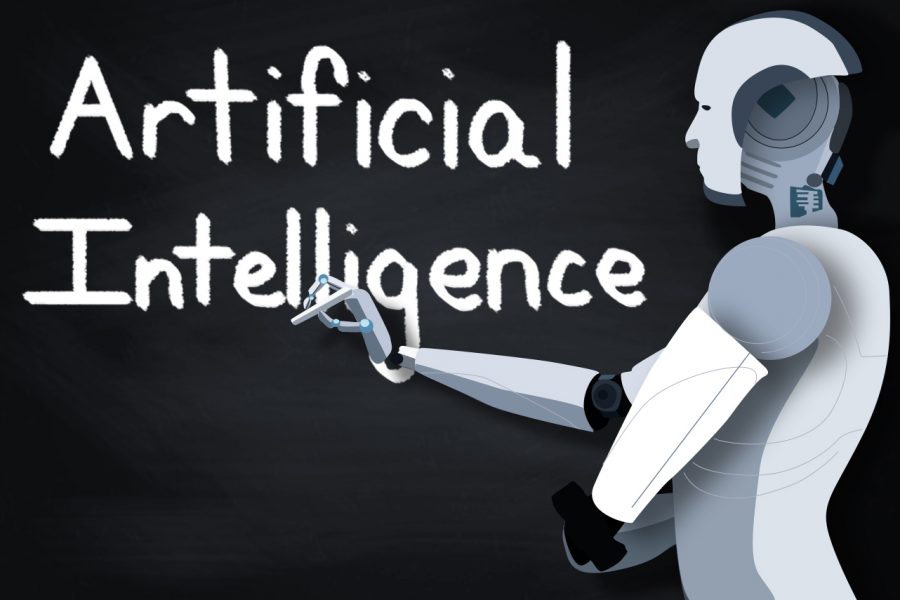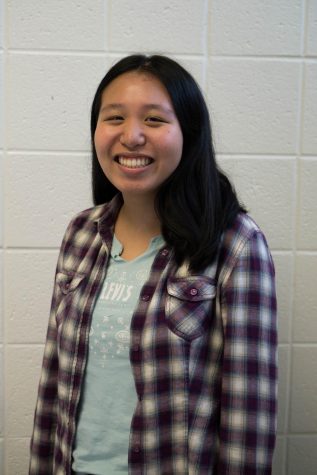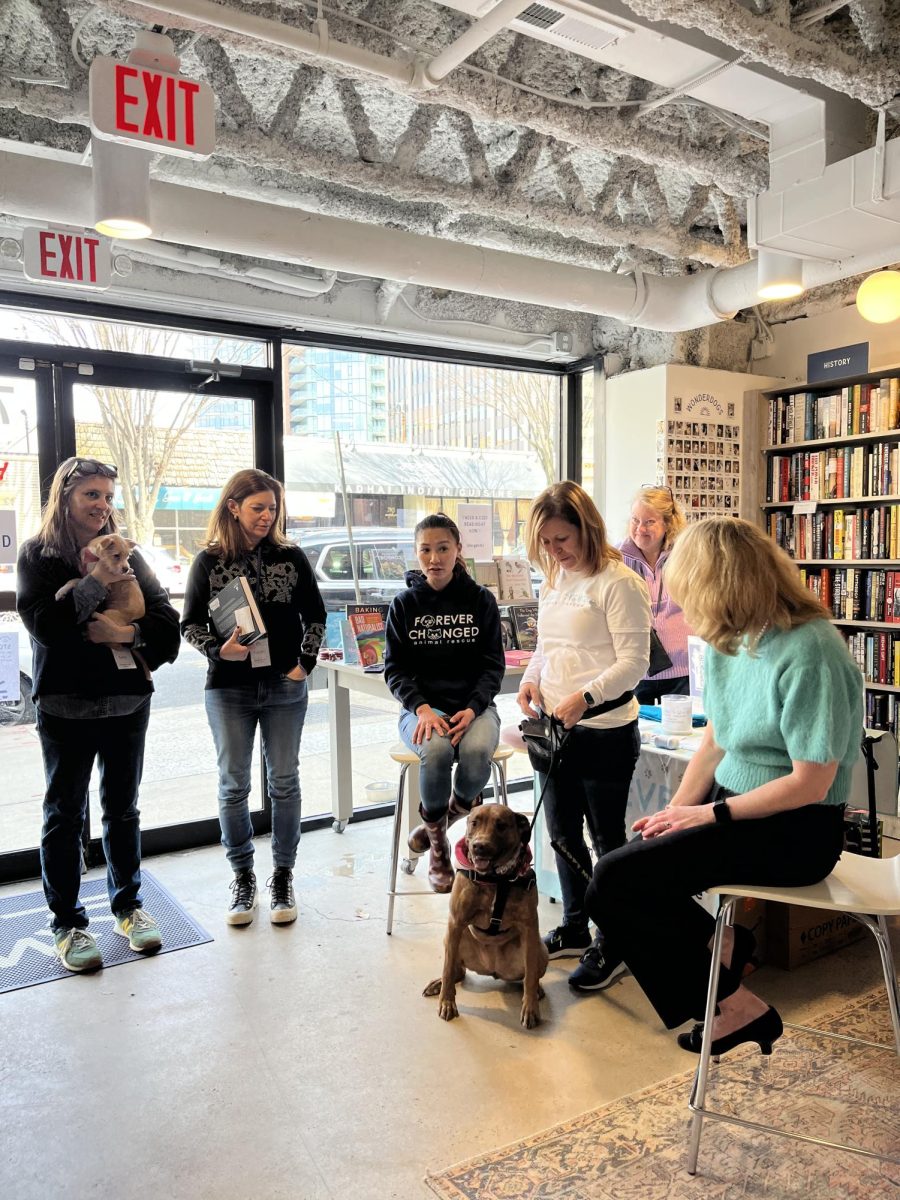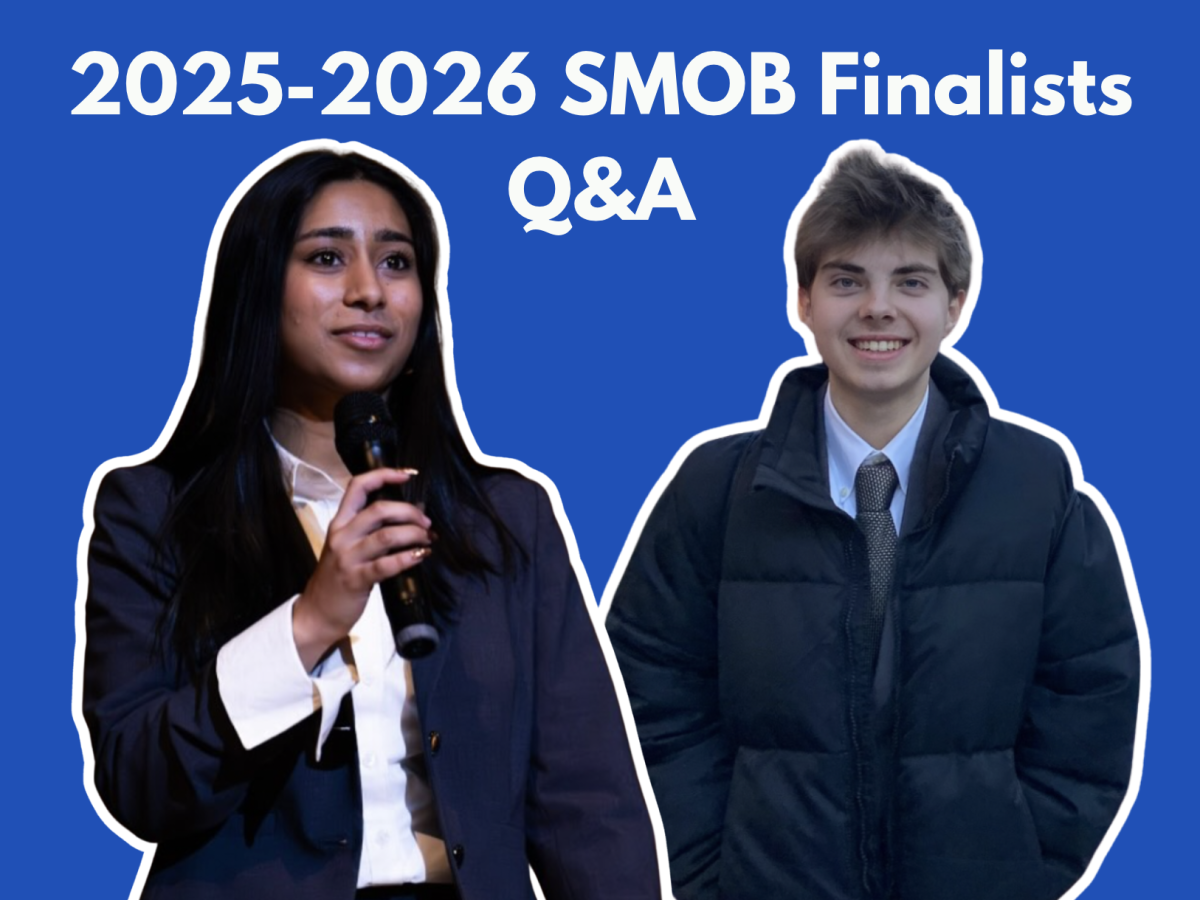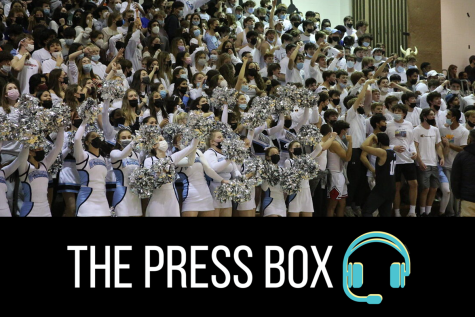Artificial Intelligence advancements continue to impact the classroom, workforce and economy
April 21, 2018
Robots now serve as personalized tutors, credit-card face scans are rising in popularity and machines recently beat human scores on a major reading comprehension test. Androids are dominating traditionally human tasks, becoming modern-day assistants, translators and data-crunchers. This isn’t science fiction: it’s artificial intelligence, and it’s a constant in students’ daily lives.
From surveillance adjustments in schools to potential job losses, the current and long-term impact of artificial intelligence on Generation Z is enormous. AI software, commonly used in the educational world, helps create specialized tutors, provide curriculums and build study programs.
While its long-term impacts are unknown, AI’s continued integration into society seems inevitable, and many students and teachers are beginning to discover the new role AI can play in the classroom.
An automated classroom
Machines are already capable of grading multiple-choice and fill-in-the-blank tests, saving teachers valuable time. Soon, automated grading will expand to include written assessments as well, Forbes Magazine projected in 2017.
With robots taking on traditional educator roles, some teacher responsibilities’—like grading—will become obsolete.
“When cars started getting invented, the wagon industry fell out of business. That’s how the world works,” physics teacher Kismet Talaat said. “With artificial intelligence, teachers need to adjust their teaching. They need to design the curriculum differently, design more ways of delivering the material and design better questions that test the depth of knowledge of students.”
AI can also aid the college admissions process. Intelligent algorithms compile data on applicants and interactive chatbots live on online college forums, answering students’ and parents’ questions.
With a recent surge in AI tutoring systems like Carnegie Learning and Khan Academy, more educational resources are available to students than ever. Online platforms allow free access to complete curriculums. Talaat describes this as a “big boon” for teaching, and an opportunity to close socio-economic gaps in education.
To allow students to gain first-hand experience and test out their knowledge, companies ship inexpensive lab kits to schools with less access to technology.
But in its drive to streamline education, AI could compromise face-to-face teaching and learning and lead to a more one-size-fits-all model.
“A downside is not being able to ask questions. A recorded lesson doesn’t offer the same interactibility as a teacher does.” Talaat said. “Another danger is cookie-cutter education, where everyone gets the same basic education not personalized or tailored to the student.”
Changing career prospects
Meet personal assistant Kuri; he’s capable of detecting and alerting you of any unusual noises in your house. Aido, equipped with a built-in projection screen, can teach you anything from yoga to piano. Buddy keeps track of your calendar and verbally reminds you of upcoming events. All three personal assistants are robots, and all were introduced in 2017.
Recent advancements in AI signal a shrinking labor market. A quick search of “job” and“AI” yields a grim result: “Why AI could destroy more jobs than it creates,” writes TechRepublic. “Robots will destroy our jobs — and we’re not ready for it,” the Guardian reports. Entry after entry bears the warning signs of a robot apocalypse..
With robots now helping to diagnose patients, working as bank tellers and performing as job assembly line workers and personal assistants, some students expressed concern over their integration into the workforce.
“I think because robots work best in more predictable environments, I wouldn’t want a job that like that,” junior Meg Wilson said. “Artificial intelligence is taking jobs from the market that are steady jobs for a lot of people.”
Conversely, AI shows promise in transforming the job application process. In 2016, Unilever, a consumer goods company, began using AI and social media to screen job applicants by using intelligent algorithms to determine who met job requirements. Then, applicants answered online questions in which AI was used to time how quickly they answered, their choice of words and their facial expressions.
“Their approach replaces campus visits, eliminates the submission of resumes, reduces the number of interviews and increases the efficiency of the search process for both applicants and the company,” said Alice Gast, president of Imperial College London.
Looking forward
“Human plus machine isn’t the future, it’s the present,” Garry Kasparov, a prominent Russian political dissident and former chess grandmaster, said in a 2017 TED talk.
But AI does raise potential challenges over cybersecurity and of a shrinking labor market. The future of AI remains unwritten, but recent AI developments show progress in a constantly changing environment.
“When I went to school, computer science wasn’t even a major yet. When I was in college, James Watson just discovered DNA,” Talaat said. “Now, Whitman students have whole labs dedicated to genetics. It’s not humans that put cars together now. It’s robots. We’re moving towards that direction.”



